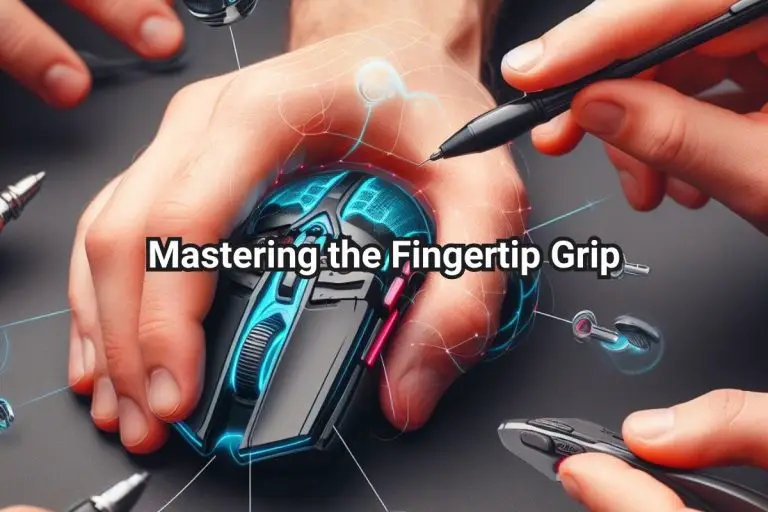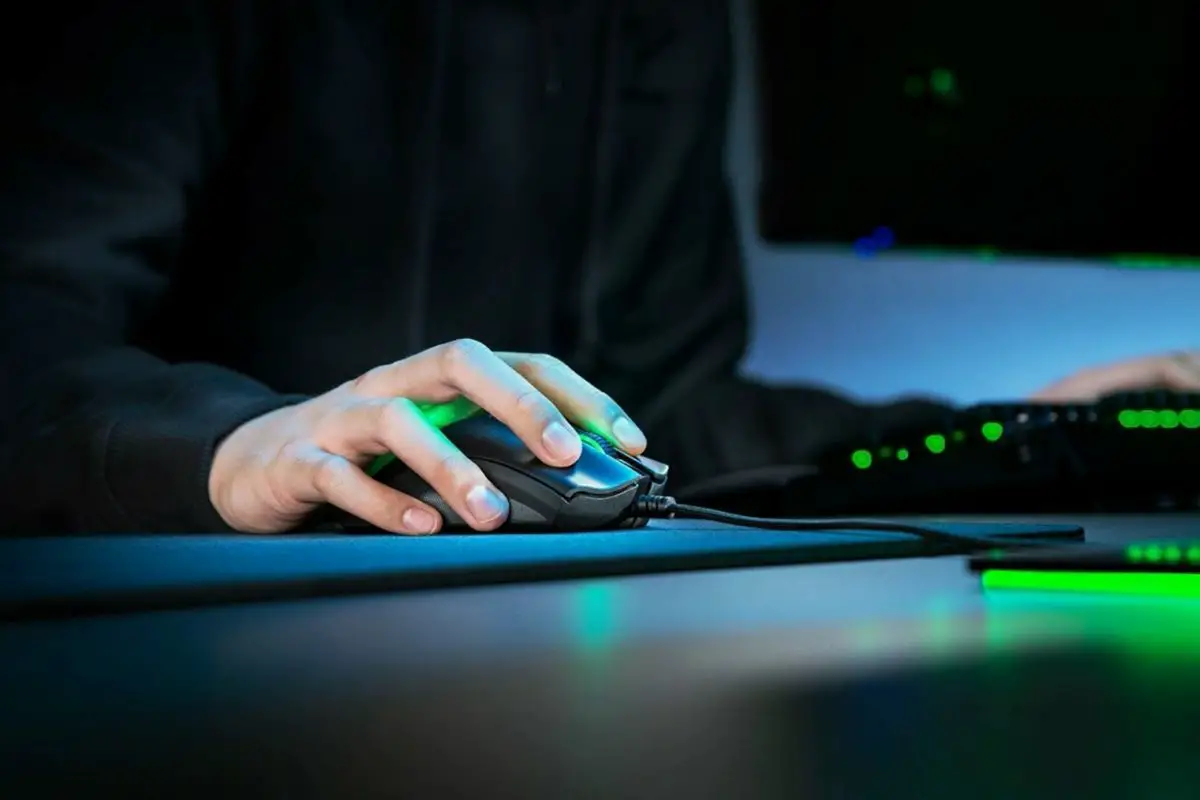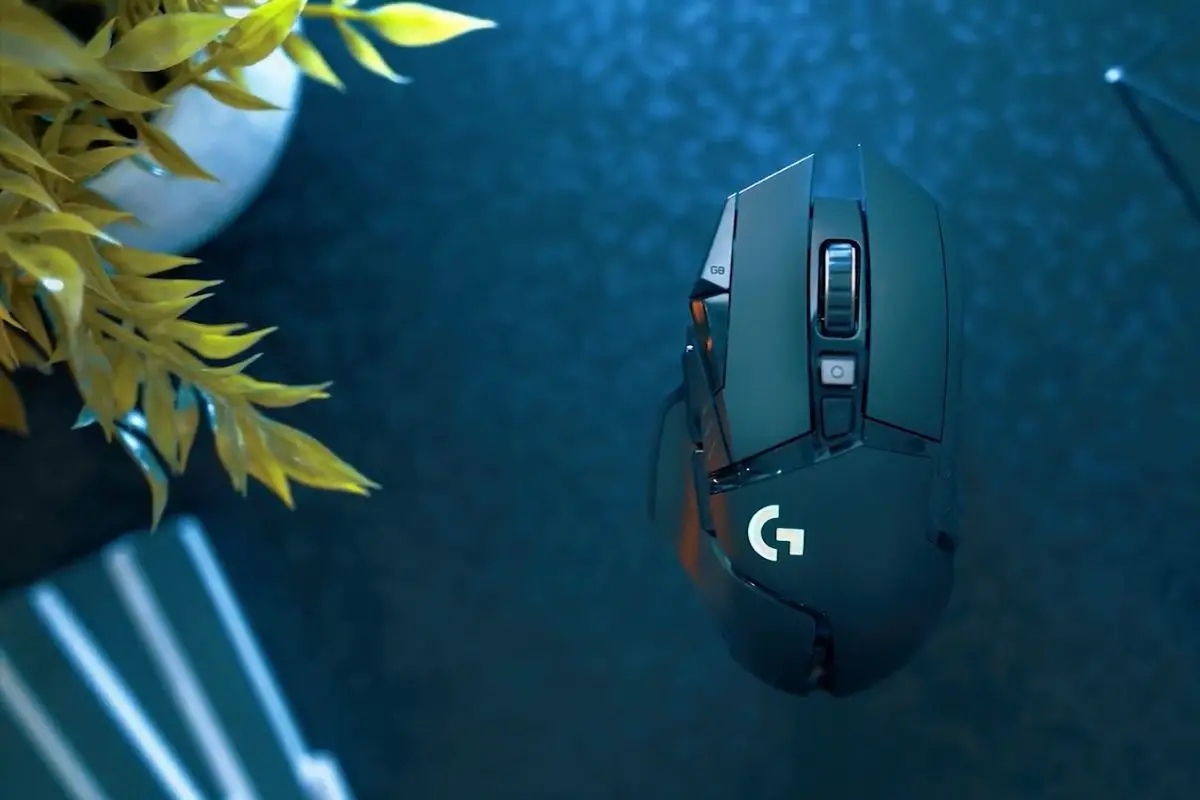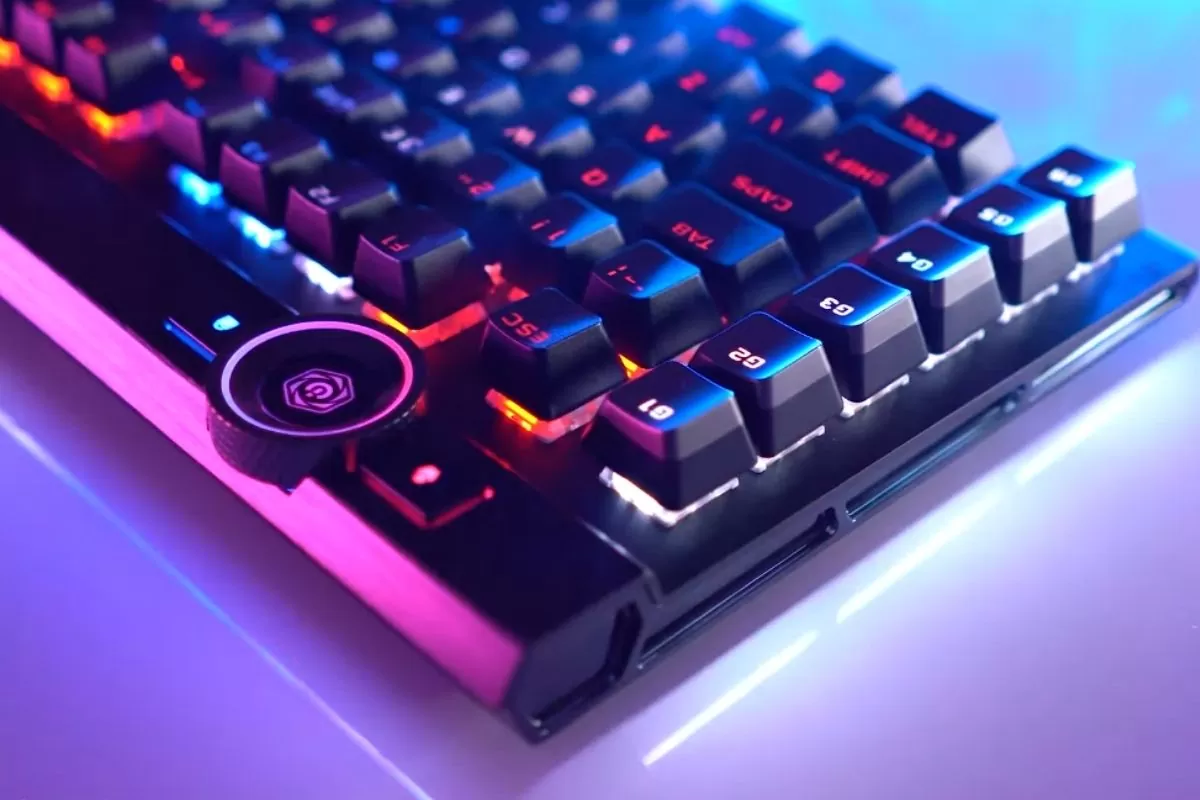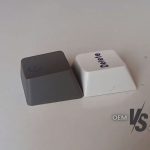As an Amazon Associate, we may earn from qualifying purchases. Our posts may include affiliate links, at no extra cost to you.
Have you ever wondered why some computer users have such precise control during high-stakes gaming or can navigate through intricate designs with ease? The secret may lie in how they hold their mouse. It’s called the fingertip grip, and mastering it could be a game-changer for your precision and comfort.
A fingertip grip is where only the tips of the index, middle finger, and sometimes the ring finger rest on the mouse buttons, with the thumb and pinky positioned on the sides to stabilize and maneuver the device.
This grip offers a high level of precision and quick movement, making it a preferred choice for users who engage in tasks that require fine control, such as graphic design or fast-paced gaming.
So, if you’re ready to transform your mouse handling and gain a competitive edge or simply want to browse with more ease, let’s uncover how you can master the fingertip grip on your mouse.
Contents
How To Properly Fingertip Grip A Gaming Mouse
Using a fingertip grip on a gaming mouse is all about maximizing precision and minimizing the effort required to make swift movements. This technique is favored by gamers who rely on quick, accurate cursor movements, and it can make a substantial difference in performance. Here’s how you can do it properly:
Position Your Hand
First, lay your hand flat over your mouse. Make sure only the tips of your index, middle, and ring fingers are resting on the left, middle (wheel), and right buttons, respectively. Your thumb should be lightly gripping the side, and your little finger resting or providing slight pressure on the opposite side.
Adjust Your Grip
The key is to ensure your palm does not rest on the back of the mouse. You should be able to slide a piece of paper between your palm and the mouse with ease. Your grip should be light but controlled, using minimal effort to move the mouse.
Movement Control
The motion should come from your fingers and wrist, not your arm. Your wrist acts as a pivot, while your fingers do the fine-tuning for precision movements. Practice moving the mouse with just your fingertips, and you’ll notice how you can make large sweeps across the mousepad or precise small movements without involving your entire arm.
Sensitivity Settings
Adjust your mouse’s DPI (dots per inch) settings if available. With a fingertip grip, high DPI settings allow you to move the cursor across the screen with less physical movement. Start with a moderate DPI setting and adjust upward until you find a sensitivity that matches your movement comfort.
Practice
Like any new technique, mastering the fingertip grip will take practice. Start by using your computer as you normally would, then gradually incorporate more precise tasks like photo editing or in-game targeting. Over time, your hand will adapt to the new grip style, and your movements will become more natural and fluid.
Remember, comfort is key. If you feel strain, adjust your grip or take a break. The right mouse grip can enhance your gaming experience significantly, leading to better performance and more comfort during those marathon gaming sessions.
Fingertip vs Claw vs Fingertip Grip
When comparing the fingertip grip with other mouse handling styles like the claw and palm grips, each has its own set of advantages and scenarios where it shines. Let’s break down why someone might opt for a fingertip grip over the others.
Fingertip Grip
- Speed and Sensitivity: The fingertip grip allows for rapid movements and quick reactions. Because you’re using the lightest touch, you can zip the cursor across the screen with minimal hand movement.
- Precision: It’s easier to make micro-adjustments since you’re controlling the mouse with just your fingertips. This can be critical in activities where accuracy is paramount, such as competitive gaming or fine graphic work.
- Less Muscle Strain: Since the wrist and arm generally stay stationary, there’s potentially less strain on those areas compared to grips that require broader movements.
Claw Grip
- Controlled Movements: The claw grip, characterized by arched fingers above the buttons, offers a blend of speed and control. It provides a stable base for the palm while still allowing for quick finger movements.
- Versatility: This grip works well for a variety of tasks and can be a good middle ground for those who find the palm grip too sluggish and the fingertip grip too sensitive.
Palm Grip
- Comfort: The palm grip is often considered the most comfortable since it allows the hand to rest more naturally on the mouse.
- Stability: With more of your hand in contact with the mouse, there’s increased stability, which can be beneficial for tasks that don’t require rapid movements.
- Endurance: For long work sessions, the palm grip can reduce the chance of finger fatigue since the workload is distributed across the entire hand.
Why Choose Fingertip?
- Maximum Agility: If your work or play requires the utmost in cursor speed and agility, the fingertip grip is unmatched.
- Avoiding Discomfort: For those who experience pain or fatigue in the wrist and forearm, the fingertip grip can minimize movement in these areas.
- Fine Motor Control: Tasks that need subtle adjustments can benefit from the precise control offered by fingertip movements.
- Personal Preference: Ultimately, it may simply come down to what feels best for you. Some users prefer the lightweight, minimal contact of the fingertip grip and find that it offers the most natural and responsive mouse interaction.
Choosing the right grip is a personal decision and can also depend on the type of mouse you have. Mice designed specifically for the fingertip grip will have features that cater to the grip’s unique requirements, like being lightweight and having a shape that supports minimal palm contact. Therefore, experimenting with different grips and mice is the best way to determine which one suits your needs and preferences the best.
Why Choose a Mouse Designed for Fingertip Grip?
While many standard mice can be used with a fingertip grip, a mouse designed for this specific grip style can enhance the experience. These mice typically have:
- A Shape that Encourages Proper Positioning: Their design is often more conducive to placing only the fingertips on the buttons, preventing accidental palm contact which can hinder quick movements.
- Optimized Button Placement: Buttons are positioned to be easily accessible by fingertip users without having to adjust their grip.
- Better Weight Distribution: A balanced mouse ensures stability and control when you’re using just your fingertips to move it.
Recommended Fingertip Grip Mice
When searching for the best mice for a fingertip grip, you’ll want to focus on a few specific features: a lightweight design, a shape that supports minimal palm contact, and responsive sensors.
Here are some top-rated mice that are often recommended for users who prefer a fingertip grip:
- Lightweight: At just 80 grams, it’s easy to maneuver without much force.
- Shape: Ambidextrous and low-profile, it suits a variety of hand sizes.
- Sensor: HERO 25K sensor for precise tracking.
- Weight: Another featherweight option at 74 grams.
- Design: Its ambidextrous design is conducive to fingertip grip users.
- Technology: Features Razer’s Focus+ Optical Sensor and Razer’s optical mouse switches.
- Honeycomb Design: The unique perforated design reduces weight significantly.
- Cable: The ‘Ascended’ cable is ultra-flexible, making movements feel wireless.
- DPI: High DPI settings and a reliable Pixart 3360 sensor.
- Super Lightweight: The 66 grams weight makes it one of the lightest wireless mice.
- Water Resistance: IP54-rated, protecting it from dust and water splashes.
- Battery Life: Offers up to 200 hours of battery life for extended use.
- Weight: Just 73 grams, ideal for flicking and quick movements.
- Shape: Designed for claw and fingertip grip styles.
- Programmable: Helps to perform every task with its 16 programmable buttons.
These models are beloved by the gaming community and those who spend hours at their desks because they combine high performance with a design that’s conducive to the fingertip grip technique.
As with any peripheral, the best way to find the right one for you is to test out a few different models, if possible, to see which one fits your hand size and grip style the best.
Remember, when selecting a mouse, it’s not just about the weight or the sensor quality; it’s about how it feels in your hand and how well it responds to your movements.
A mouse that fits your hand perfectly and responds to your lightest touches can reduce hand strain and improve your overall experience with your computer, whether you’re gaming, designing, or simply browsing the web.
What Makes a Mouse the “Best” for Fingertip Grip Users?
When deciding on the “best fingertip grip mouse,” consider these features:
- Mouse Skates: High-quality skates (the pads on the bottom of the mouse) ensure smooth, frictionless movement across the mouse pad.
- Button Responsiveness: For gaming, particularly, the feedback and actuation force required for clicks are crucial. A mouse that registers clicks with a light touch is often preferred.
- Customization Software: Software that allows for DPI adjustments and customizing button functions can help tailor the mouse to your specific needs.
- Build Quality: Durability is important, especially when the mouse will be subjected to rapid and frequent movements.
Last Words
Incorporating a mouse that’s well-suited for a fingertip grip into your setup can lead to improved performance in games, more comfortable browsing sessions, and a reduced risk of hand and wrist fatigue. By taking the time to research and select the right mouse, you invest in both your comfort and your capability to perform tasks on your computer with precision and ease.
